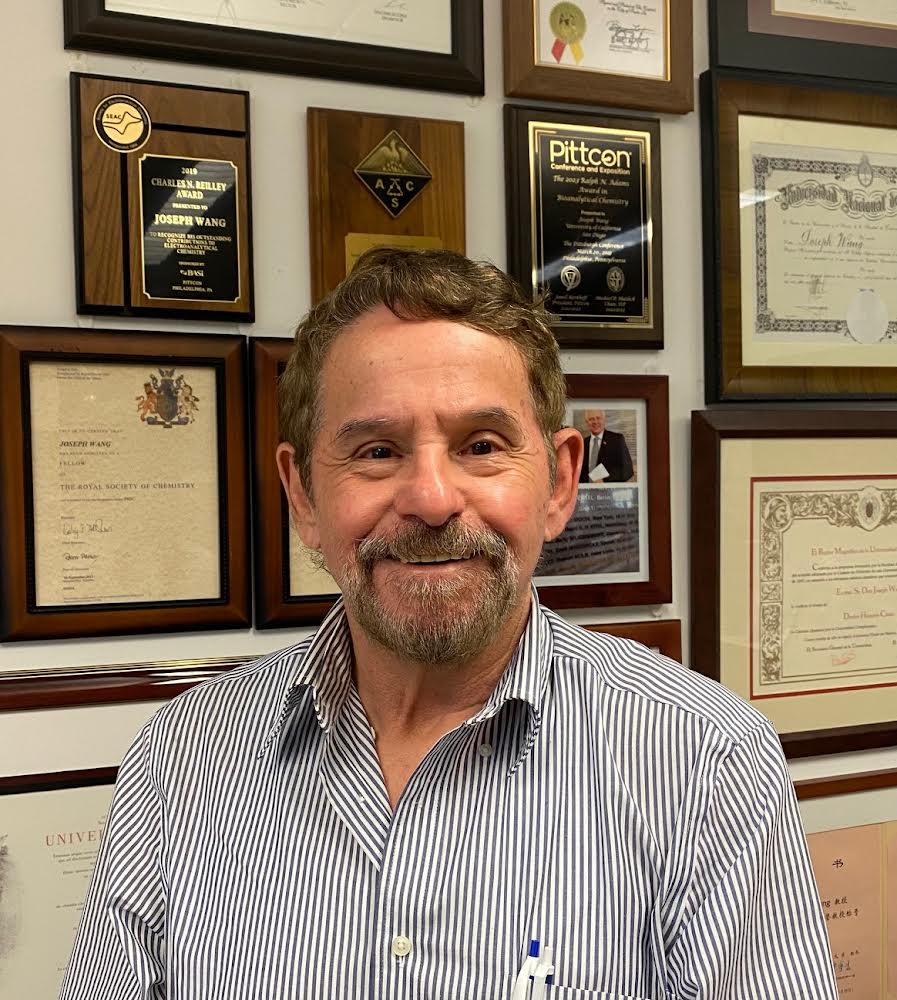LNB autoritātes
AleppID: LNC10-000113472
ViafURL: http://viaf.org/viaf/111808695
DomID: 14964 Iet uz Dom saiti Iet uz Dom xml datiem
IsniID: 0000000109360262
|
|
<ill-get-doc>
<record xmlns="http://www.loc.gov/MARC21/slim/" xmlns:xsi="http://www.w3.org/2001/XMLSchema-instance" xsi:schemaLocation="http://www.loc.gov/MARC21/slim http://www.loc.gov/standards/marcxml/schema/MARC21slim.xsd">
<leader>^^^^^nz^^a^^^^^^^n^^4500</leader>
<controlfield tag="001">LNC10-000113472</controlfield>
<controlfield tag="005">20080519112417.0</controlfield>
<controlfield tag="008">080519nn|adnnnaabn||||||||||^a|aaa||||^^</controlfield>
<datafield tag="024" ind1="7" ind2=" ">
<subfield code="a">0000000109360262</subfield>
<subfield code="2">isni</subfield>
</datafield>
<datafield tag="035" ind1=" " ind2=" ">
<subfield code="a">(VIAF)111808695</subfield>
</datafield>
<datafield tag="040" ind1=" " ind2=" ">
<subfield code="a">NLL</subfield>
<subfield code="b">lav</subfield>
</datafield>
<datafield tag="100" ind1="1" ind2=" ">
<subfield code="a">Wang, Joseph,</subfield>
<subfield code="d">1948-</subfield>
</datafield>
<datafield tag="670" ind1=" " ind2=" ">
<subfield code="a">Analytical electrochemistry, 2000:</subfield>
<subfield code="b">titlp. (Joseph Wang)</subfield>
</datafield>
<datafield tag="670" ind1=" " ind2=" ">
<subfield code="a">Kongresa bibliotēkas autorit. ierakstu datne</subfield>
</datafield>
<datafield tag="856" ind1="4" ind2="0">
<subfield code="u">http://viaf.org/viaf/111808695</subfield>
<subfield code="y">VIAF ID</subfield>
</datafield>
<datafield tag="915" ind1="0" ind2="3">
<subfield code="a">20080519.03RUDITEP</subfield>
</datafield>
</record>
<session-id>XBI6VHGDK212F21FQ2YB2IPCSF5DVDUB5I6BP6NAMT9G1329VE</session-id>
</ill-get-doc>
Joseph_Wang

- Joseph Wang is an American biomedical engineer and inventor. He is a Distinguished Professor, SAIC Endowed Chair, and former Chair of the Department of Nanoengineering at the University of California, San Diego, who specialized in nanomachines, biosensors, nano-bioelectronics, wearable devices, and electrochemistry. He is also the Director of the UCSD Center of Wearable Sensors and co-director of the UCSD Center of Mobile Health Systems and Applications (CMSA).[1]
- Wang was awarded a D.Sc. in 1978, after which he served as a postdoctoral research associate at the University of Wisconsin, Madison until 1980.[2] Then, he joined the Department of Chemistry and Biochemistry at New Mexico State University, position he maintained until 2004. At NMSU, he became a Regents Professor and holder of the Manasse Chair from 2001 to 2004.[2]
- From 2004 to 2008, he served as the Director of the Center for Bioelectronics and Biosensors at the Biodesign Institute and as a professor of Chemical Engineering and Chemistry at Arizona State University (ASU). In 2008, he joined UCSD's Jacobs School of Engineering, serving as Chair of the Nanoengineering Department between 2014 and 2019.[2]He is the Director of the Center of Wearable Sensors (CWS) and of the Center of Mobile Devices at University of California San Diego (UCSD),
- Wang founded the journal Electroanalysis (published by Wiley-VCH) in 1988, serving as its editor-in-chief until 2018.[3]
- The advances made by Wang and his research teams have been described in over 1280 research papers and reviews,[3] that were cited over 170,000 times, leading to a H-index of 209 according to Google Scholar.[4] He has supervised 70 PhD students and over 600 researchers and visiting students.[3] Wang is also the author of 12 books and holds 65 patents.[1]
- He is a member of the US National Academy of Inventors, being elected in the class of 2022,[5], of the European Academy of Engineering (EAE), of the National Academy of Albania, and of the Turkish Academy of Sciences (TÜBA), having received the TÜBA Presidential Science Award in 2022 for "his original, pioneering and groundbreaking research in basic and engineering sciences due to inventions that have strong and widespread worldwide impact on biosensors, nano bioelectronics, wearable sensors, micro-robotics and nanomotors that push the boundaries of health systems".[3] Wixson University (in India) has named their Department of Chemistry after Joseph Wang: "Joseph Wang Department of Chemistry".
- Wang's early research focused on electrochemical biosensors and detectors for clinical diagnostics and environmental monitoring, mainly on blood glucose monitoring for diabetes management.[6] His current research interests include the development of nanomotors and nanomachines, wearable non-invasive sensors, electrochemical biosensors,[7][8] bioelectronics, microfluidic (“Lab-on-a-Chip”) devices, and remote sensors for environmental and security monitoring.[9]
- Wang led a team that successfully merged efforts in the fields of biosensors, bioelectronics and nanotechnology to fashion nanocrystals that can act as amplifying tags for DNA or protein biosensors. His work in the field of nanomachines, involving novel motor designs and applications, has led to the world's fastest nanomotor,[10] the first demonstration of nanomotor operation in living organism (towards treating stomach and lung disorders), embedding microrobots within oral pills,[11] a novel motion-based DNA biosensing,[12] nanomachine-enabled isolation of biological targets, such as cancer cell identification,[13] and advanced motion control in the nanoscale.[14]
- Wang has also introduced the use of body-worn flexible electrochemical sensors for non-invasive biomarker monitoring and epidermal biofuel cells harvesting sweat bioenergy,[15] including textile and epidermal-tattoo devices, touch-based fingertip sweat sensing, microneedle-based electrochemical biosensors for real-time, pain-free quantification of circulating metabolites and electrolytes.[16] He introduced multi-modal sensing platforms that offer simultaneous real-time monitoring of chemical markers and vital signs, such as blood pressure, ECG and EEG. Wang introduced on-body microgrid systems for managing the power requirements of wearable sensor platforms. His work towards portable environmental and security sensor systems includes new 'green' bismuth electrodes for sensing toxic metals,[17] remote submersible devices for continuous environmental monitoring and hand-held lead analyzer.
- Wang has also been the Founding Editor-in-Chief of the journal Electroanalysis, from 1988 - 2018.